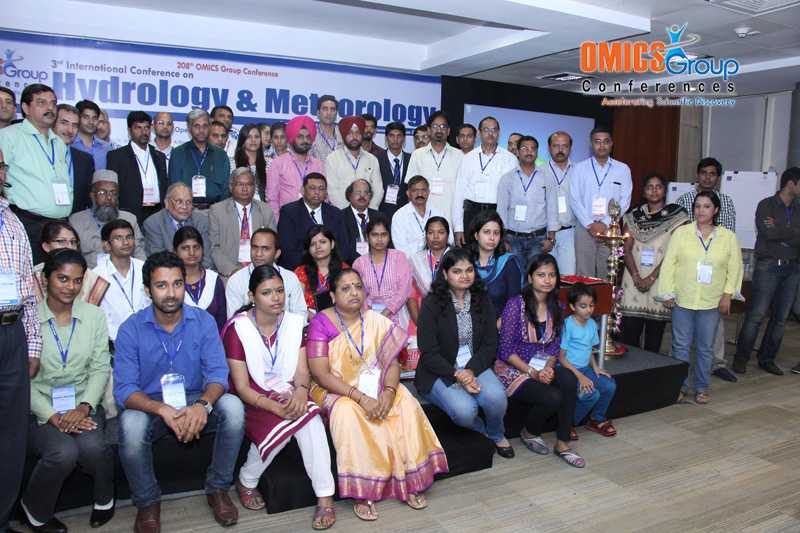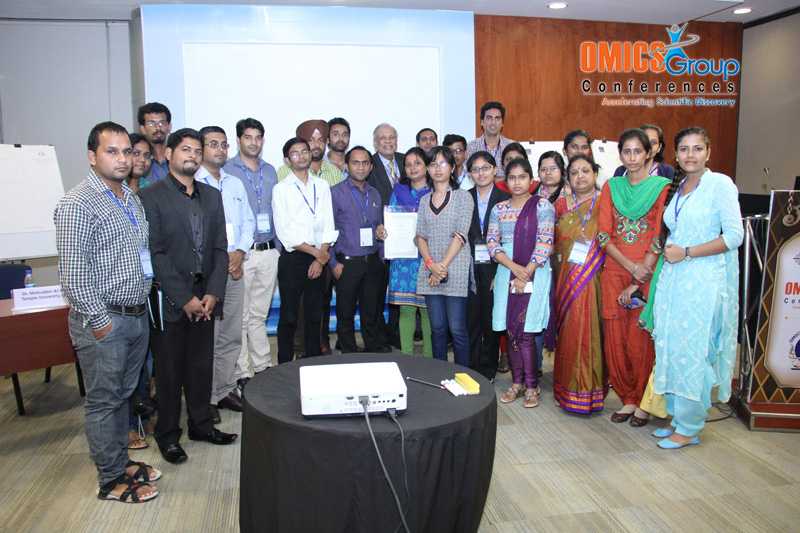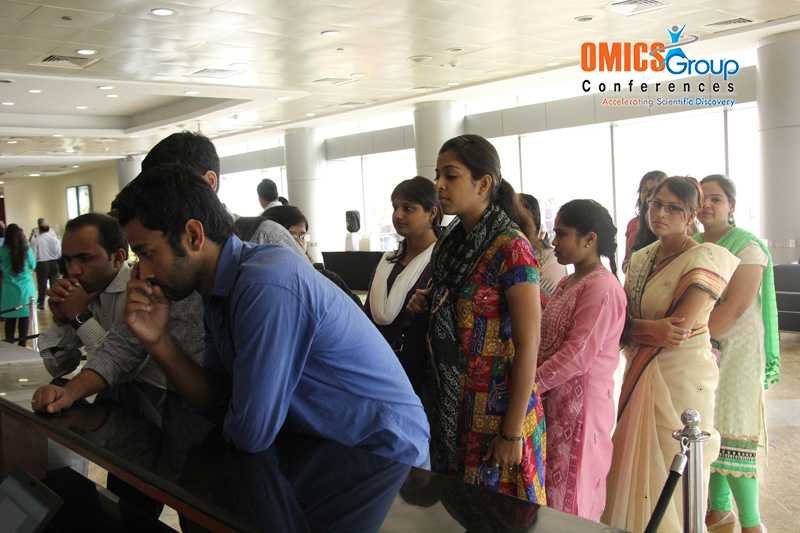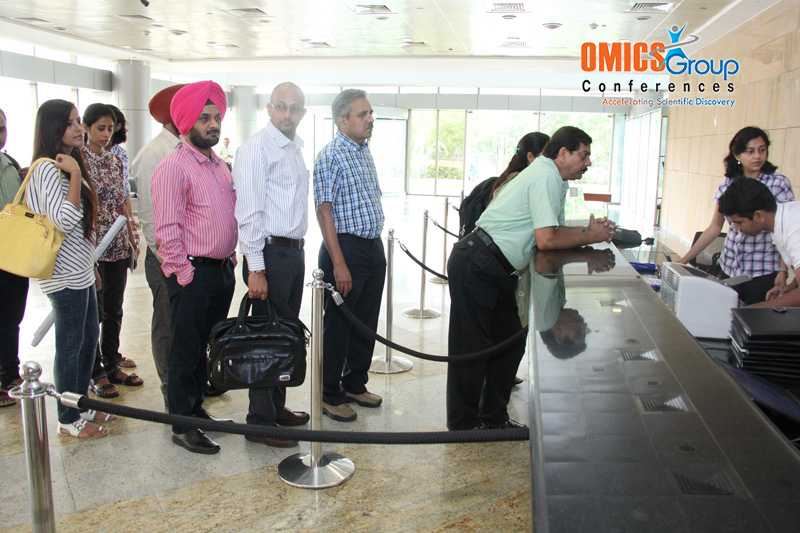Biography
Abstract
From the last few decades, the Ganga River basin, along its 2525 km course from Gangotri in Himalaya to its confluence with Bay of Bengal, is facing tremendous human pressure including massive input of carbon and nutrients through atmospheric deposition (AD). For this river however, the issues related to AD- input of carbon and nutrients remain completely unresolved. This long- term study was an attempt to investigate the contribution of AD- coupled land surface runoff on carbon and nutrient loading along a 35 km stretch of Ganga River at Varanasi. The chosen determinants were: six sub- catchments and atmospheric deposition and surface runoff of carbon, NO3-, NH4+ and PO43-measured along the river gradient. Although N: P stoichiometry of atmospheric deposition showed a declining trend, there was over 1.5 to 2.2 fold increase in AD- C, N and -P input over time from 2007 to 2014. We found strong link between AD- coupled surface runoff and river water C, N and P. Correspondence analysis (CA) ordination segregated a relatively non-source oriented site from rest of the sites characterized by atmospheric loading. The study indicated that the AD- and runoff fluxes of carbon and nutrients constitute a significant portion of C, N and P budget of Ganga River. We suggests that future studies on river basin should consider the changing state of land- atmosphere- water transfer for more accurately predicting climate change drivers and designing integrated river basin management (IRBM) strategy.






